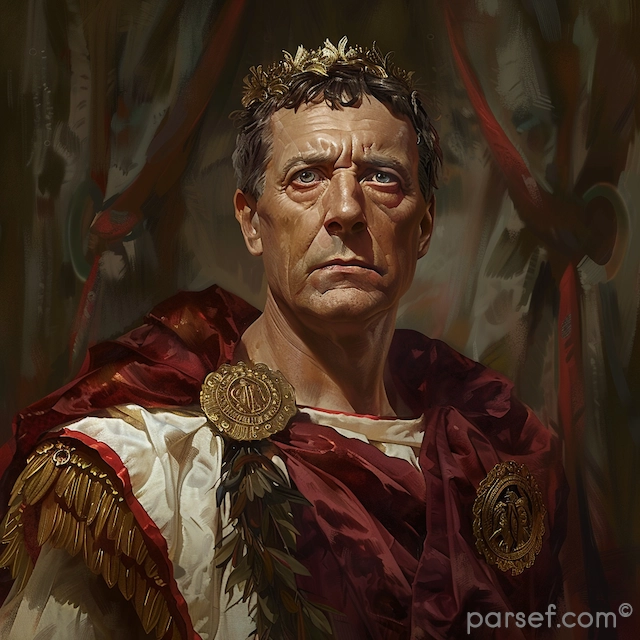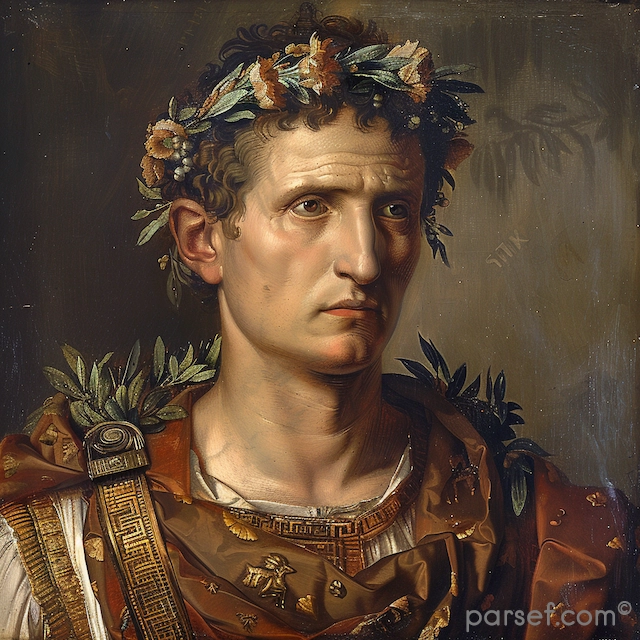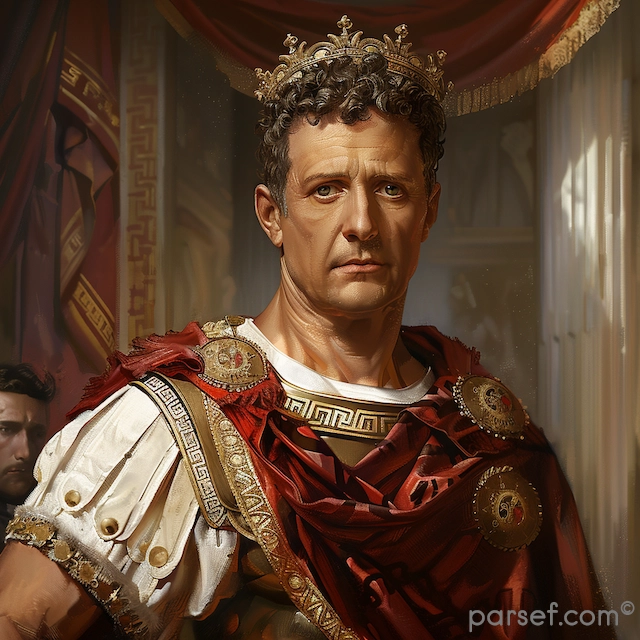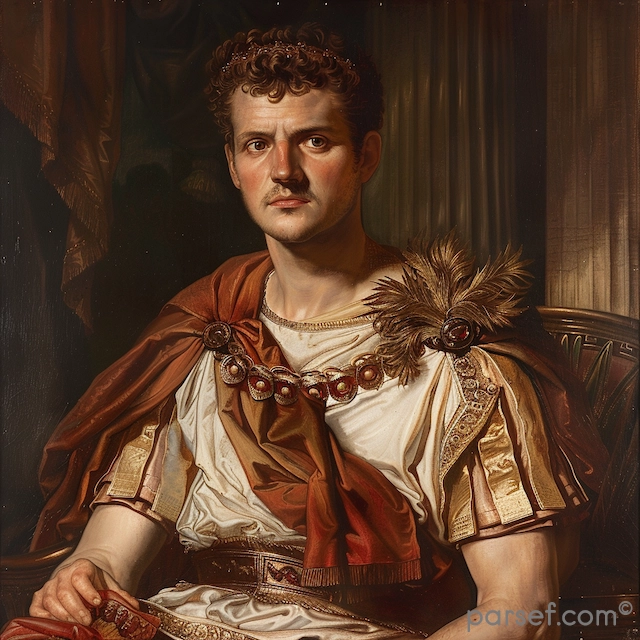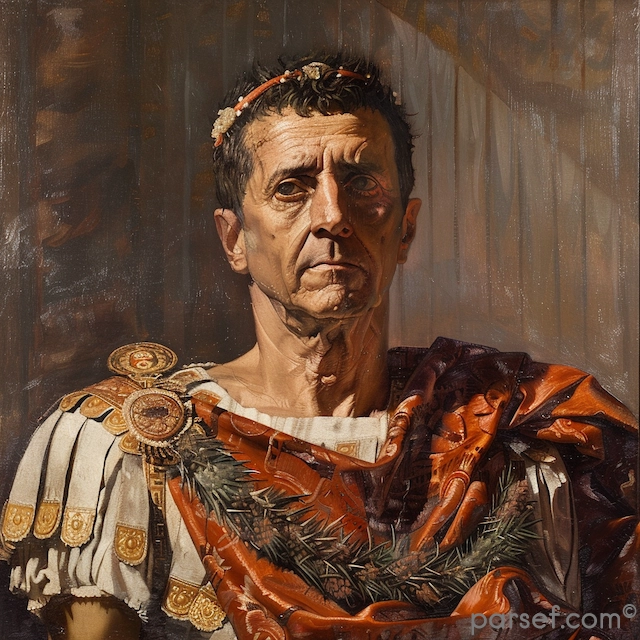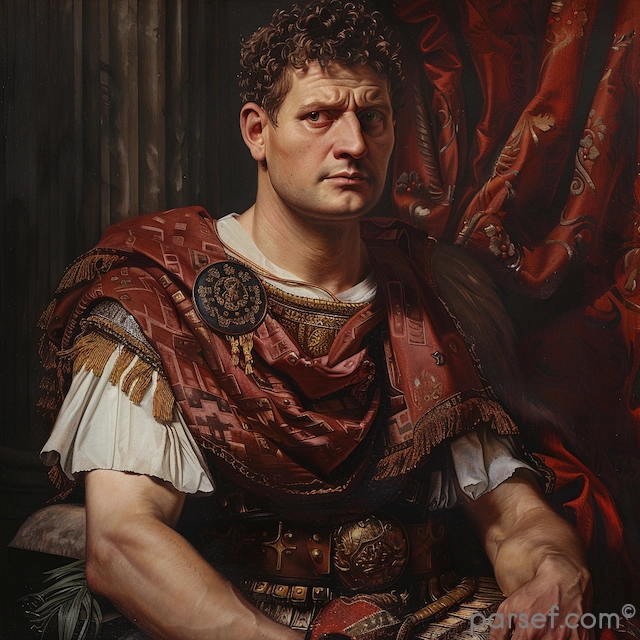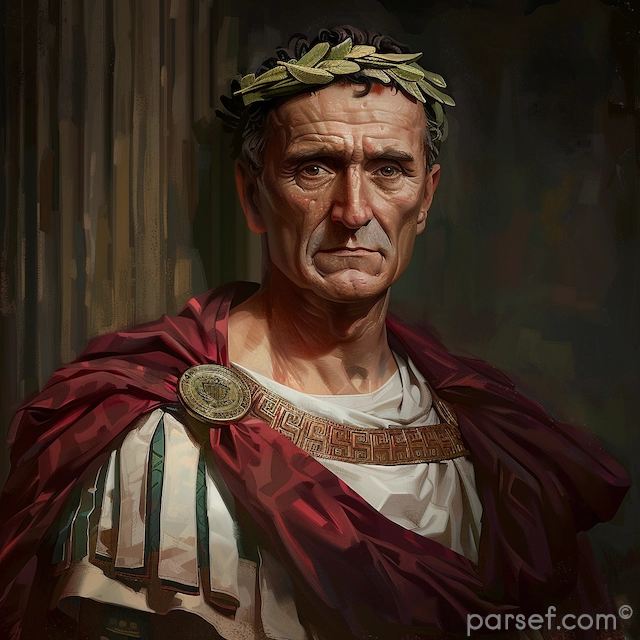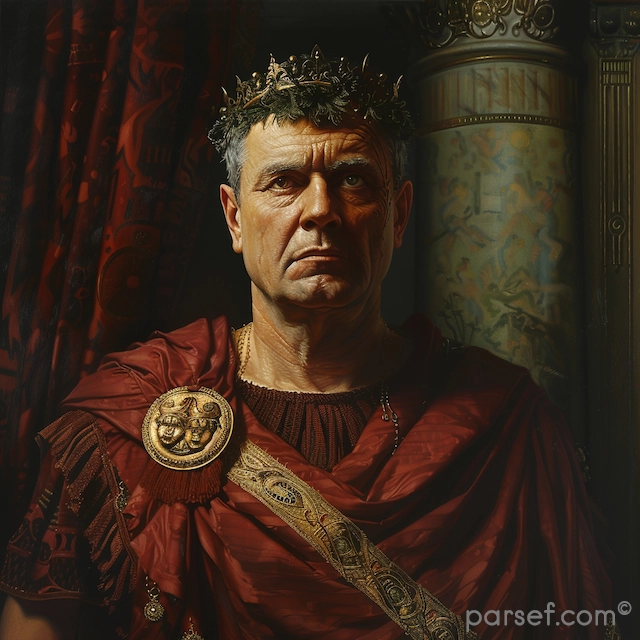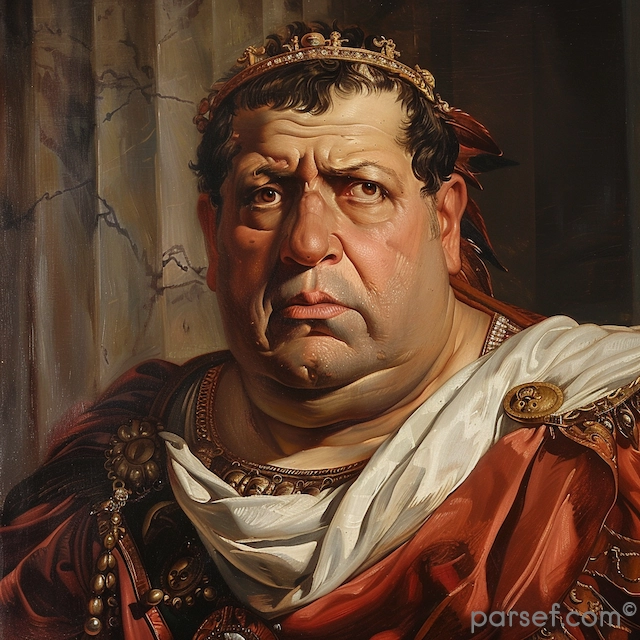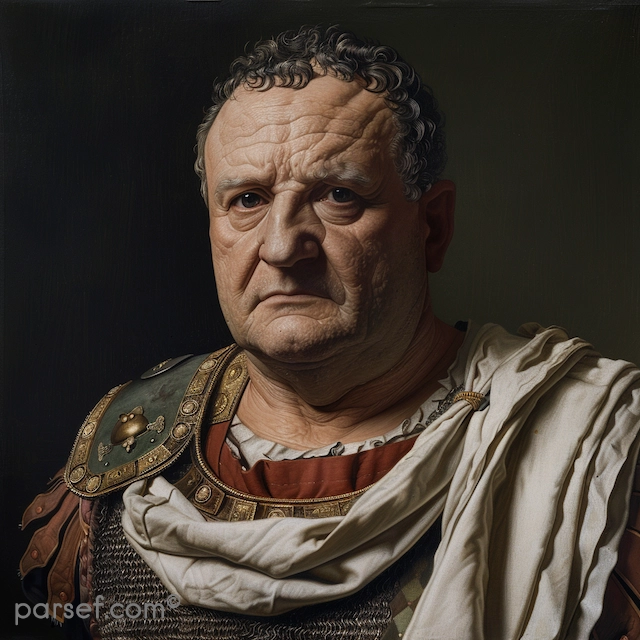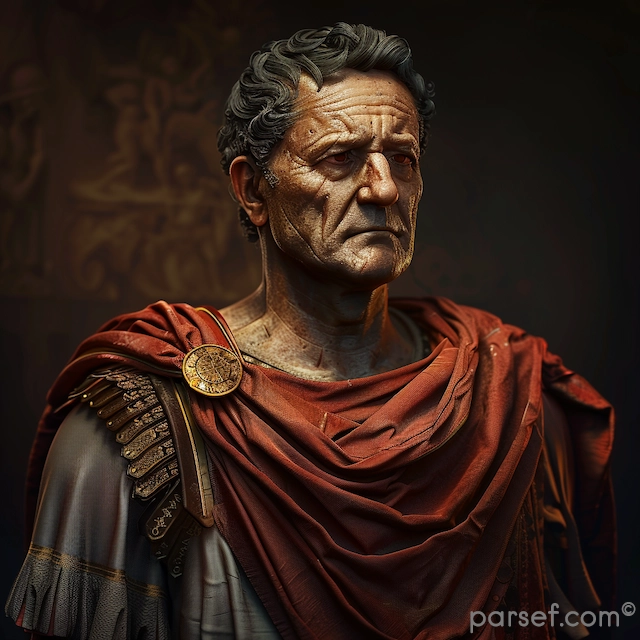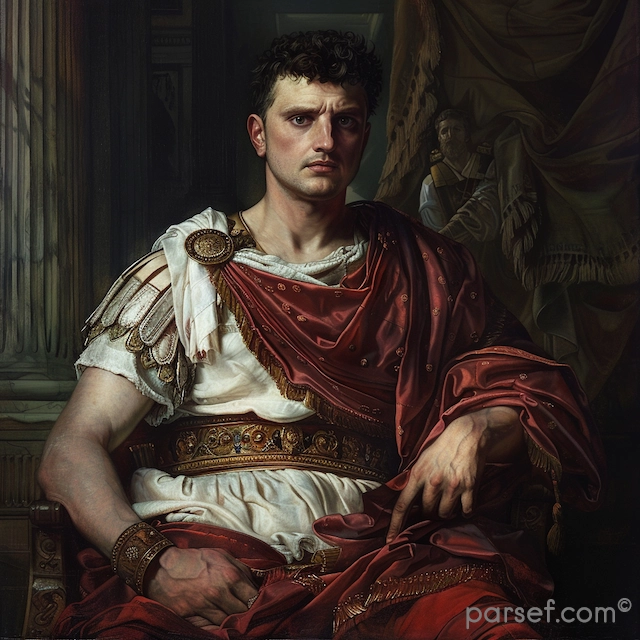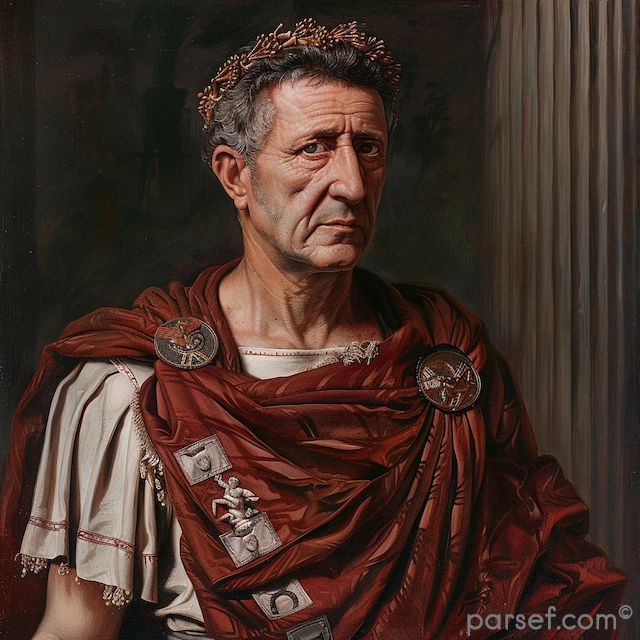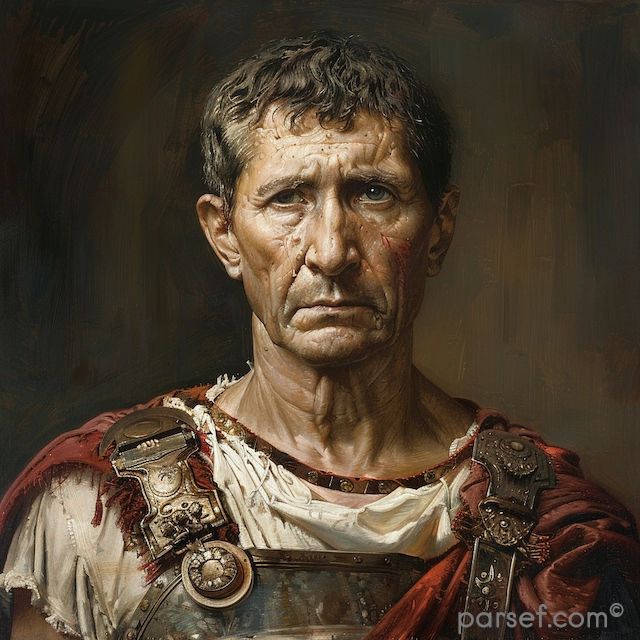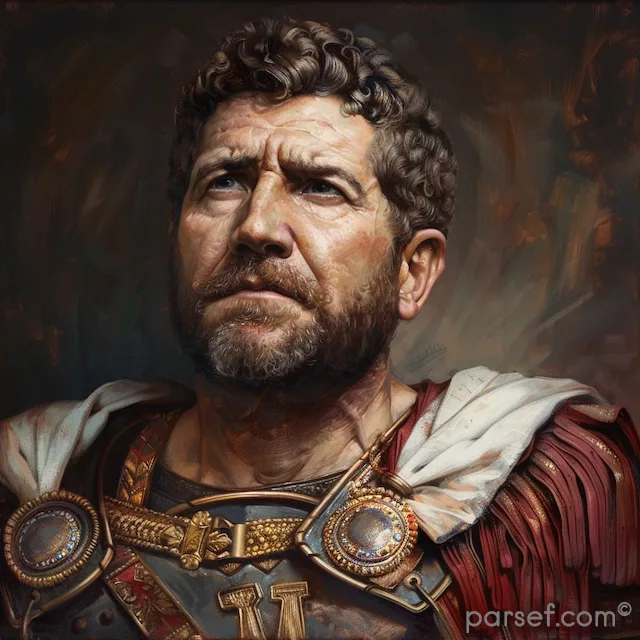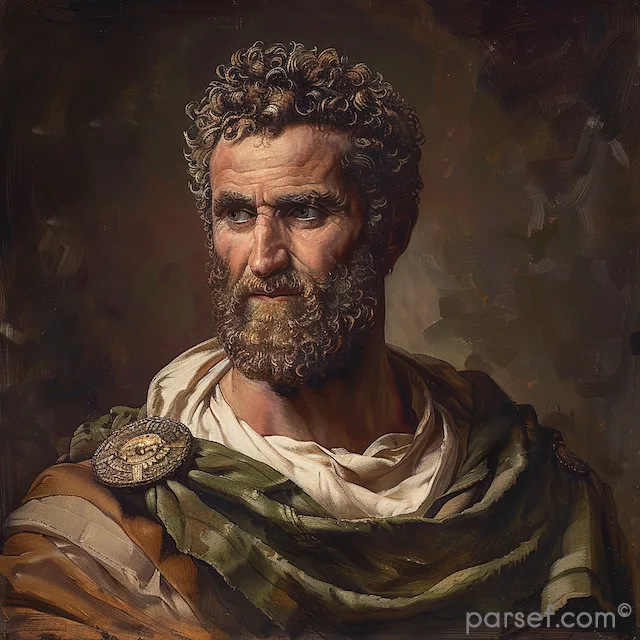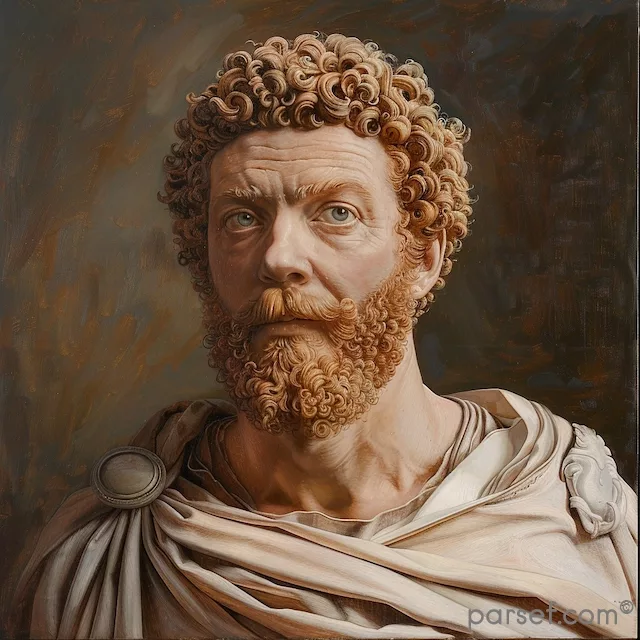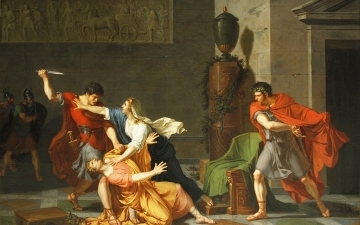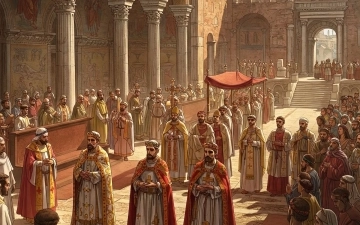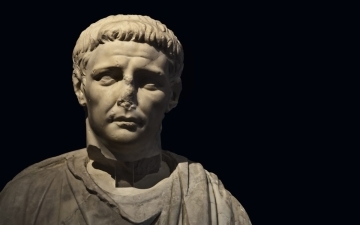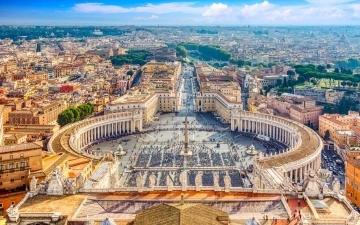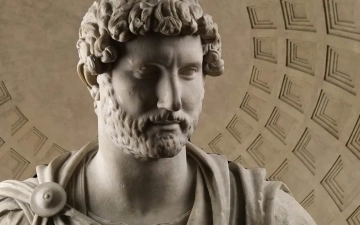Nero: The Notorious Emperor Who Fiddled While Rome Burned
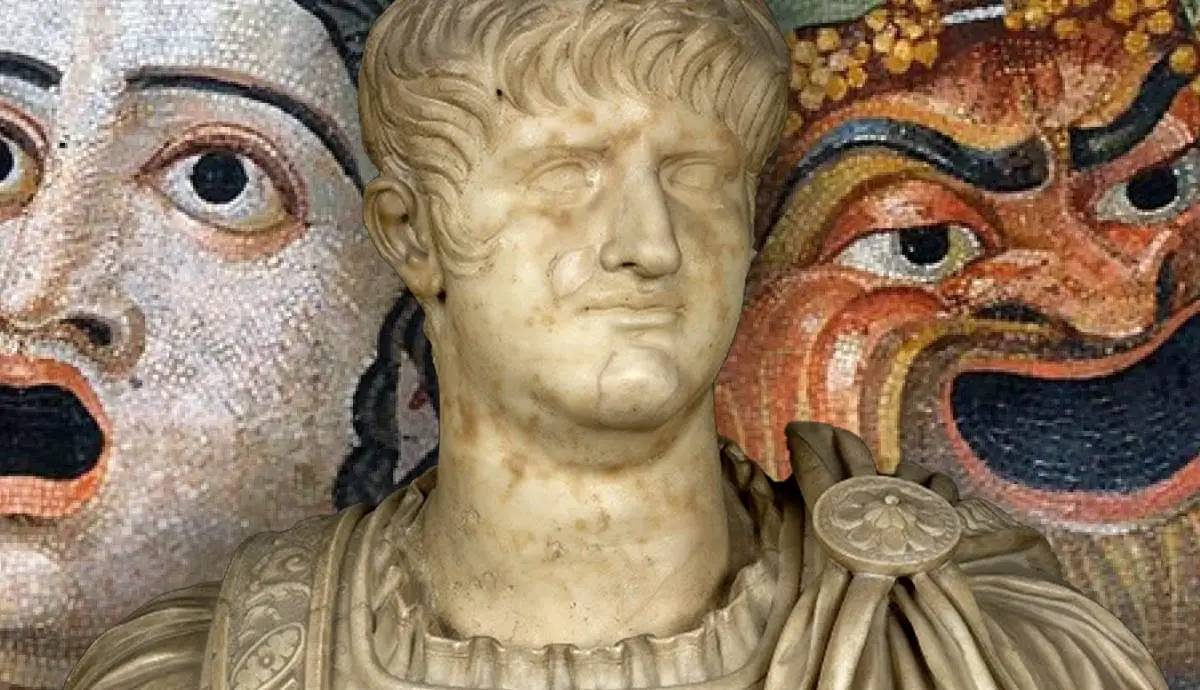
The name Nero is synonymous with tyranny, extravagance, and the infamous image of an emperor who, according to legend, played the fiddle while Rome was engulfed in flames. Nero's reign is a dark chapter in the history of the Roman Empire, marked by cruelty, decadence, and the disastrous Great Fire of Rome. In this article, we delve into the life and rule of Nero, shedding light on the controversial legacy of one of Rome's most notorious emperors.
Early Life and Ascension
Nero Claudius Caesar Augustus Germanicus, commonly known as Nero, was born in 37 CE. He became Emperor at the tender age of 16, succeeding his adopted father Claudius. Initially, Nero's reign was marked by optimism, as many hoped for a return to stability and order after the tumultuous rule of his predecessors.
A Reign of Excess and Cruelty
Unfortunately, Nero's rule took a dark turn. He became known for his extravagant lifestyle, indulging in lavish banquets, chariot races, and artistic pursuits. His excessive spending drained the Roman treasury, causing economic hardships for the empire.
Nero's cruelty became increasingly evident as he purged perceived threats to his power. The most infamous of these purges was the execution of his mother, Agrippina the Younger, and his alleged role in the poisoning of his stepbrother and wife.
The Great Fire of Rome
Nero's name is forever associated with the Great Fire of Rome in 64 CE. While it's unlikely that he actually fiddled during the fire, historical accounts suggest that he was indifferent to the disaster and may have even viewed it as an opportunity. The fire raged for days, destroying vast portions of the city and leaving thousands homeless.
In the aftermath, Nero faced widespread criticism for his response. He shifted blame onto Christians, leading to the first major persecution of Christians in the Roman Empire. Nero's actions during and after the fire further eroded his standing among the Roman population.
Downfall and Death
Nero's excesses, cruelty, and extravagance ultimately led to his downfall. In 68 CE, a rebellion led by prominent figures within the Roman government and military forced Nero to flee Rome. Facing imminent capture and execution, Nero took his own life in 68 CE, marking the end of his tumultuous reign.
Legacy of Infamy
Nero's legacy is one of infamy and notoriety. He is remembered for his despotism, mismanagement, and the devastation caused by the Great Fire of Rome. His reign marked a low point in Roman imperial history, and he remains a symbol of tyranny and excess.
Nero's reign stands as a stark reminder of the dangers of absolute power and unchecked ambition. His notoriety continues to captivate historians and storytellers alike, serving as a cautionary tale of the destructive potential of a leader who places personal gratification above the welfare of the empire and its people.
Related Posts
Geta: The Tragic Co-Emperor Whose Life Was Cut Short by Fraternal Rivalry
Geta, the younger son of Septimius Severus, is a figure largely overshadowed by his more domineering brother, Caracalla. Often relegated to the role of the quiet, less ambitious sibling, Geta’s life was tragically cut short by a family feud that shook the Roman Empire to its core. Unlike his brother, Geta...
Read MoreRoman Emperors and the Importance of the Catholic Jubilee of 2025
Throughout history, Roman emperors have played a crucial role in shaping the world, particularly in their influence over politics, religion, and culture. Their legacy continues to resonate today, especially in the traditions of the Catholic Church. One such tradition is the Catholic Jubilee, a sacred year of forgiveness, renewal, and...
Read MoreClaudius: The Unexpected Emperor and His Surprising Achievements
In the annals of Roman history, the name Claudius stands out as a remarkable story of an unexpected emperor who defied the odds and left behind a legacy of significant achievements. Often underestimated due to physical disabilities, Claudius rose to power and proved to be a capable and innovative ruler....
Read MoreDigital Assets and the Holy See: How the Vatican is Adopting Blockchain & Crypto Technology and NFTs
Introduction The Vatican has started experimenting with blockchains and non-fungible tokens (NFTs) technology integration around the world to engage new audiences and culturally patrimonial preservation of Ancient Greece and Rome. This initiative, which began with the Vatican Apostolic Library and NTT DATA Italia, is one of the first on Web3 attempts...
Read MoreHadrian: Building Walls and Bridges in Ancient Rome
In the annals of Roman history, Emperor Hadrian stands out as a multifaceted ruler known for his significant architectural projects, military achievements, and contributions to the empire's cultural development. His reign, from 117 to 138 CE, was marked by a commitment to both defending and connecting the vast Roman territories....
Read MoreBonsai Trees: The Art, Care, and Beauty of Miniature Trees
Bonsai trees are more than just plants—they are living works of art, shaped and nurtured over time to reflect nature’s beauty in miniature form. Originating from ancient Asian traditions, bonsai trees symbolize harmony, patience, and balance, making them a meaningful and meditative hobby for plant lovers worldwide. Whether you're a...
Read More